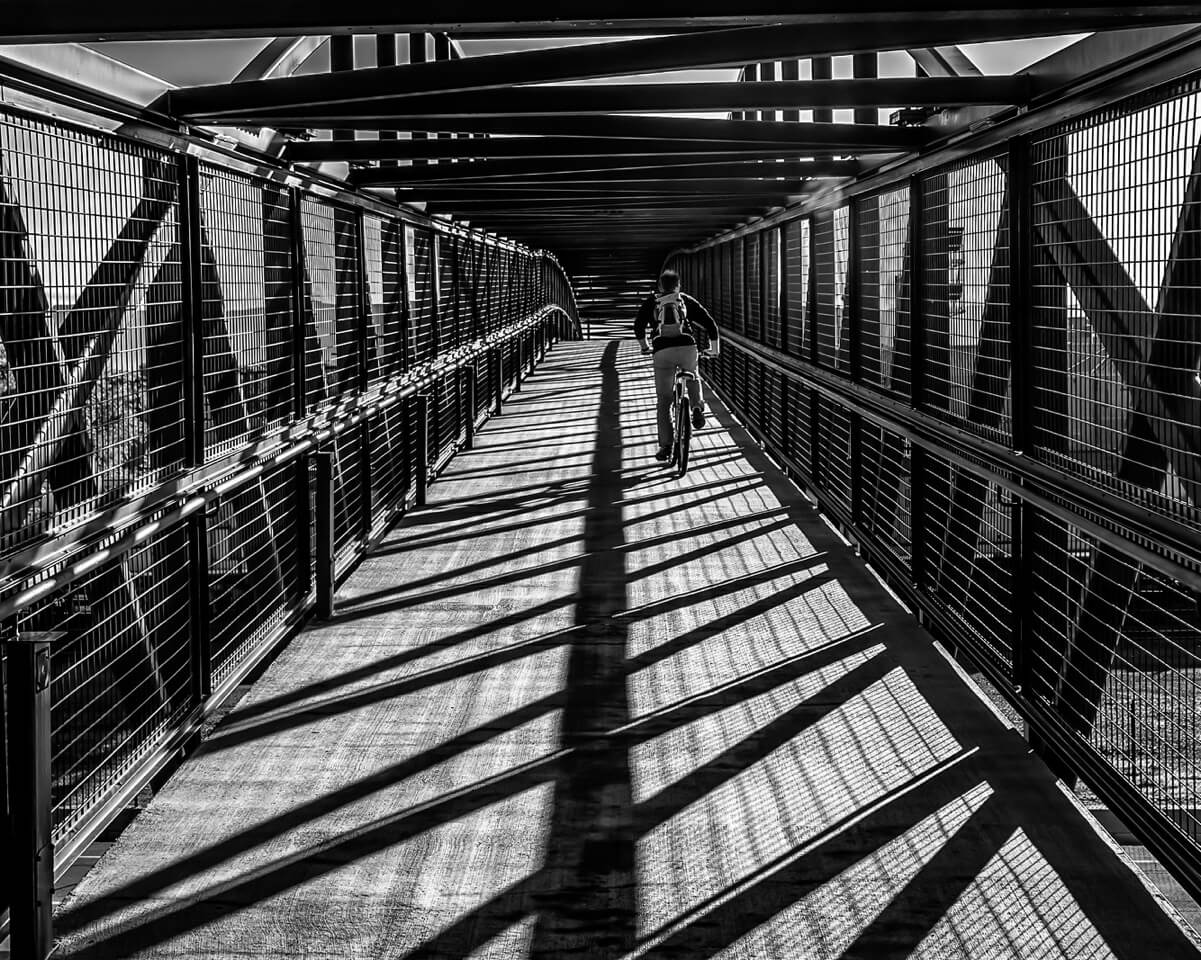Mood, Contrast and Shadows, Oh My
Today’s Post by Joe Farace with Jamie Zartman
def: Chiaroscuro is the use of strong contrast between light and dark areas in an image and is usually bold contrasts that affect the entire composition. It’s also a technical term used by artists for the use of contrasts of light to achieve a sense of volume in modelling three-dimensional objects and figures. Similar effects in cinema also are called chiaroscuro.
For many photographers it’s really the shadows that can make or break a photograph but sometimes the results may be a bit more shadowy than we might prefer. The pulp hero Lamont Cranston used mind control taught to him by monks in Lhasa but we have lots of options starting with the highlight and shadow that’s available in our mirrorless cameras.

 If there is no shadow control in your camera, you can use the Contrast or Gradation controls to lower the contrast and “open up” the shadows to reveal more detail.The downside is that sensor noise is more likely found in shadow areas than mid-tones.
If there is no shadow control in your camera, you can use the Contrast or Gradation controls to lower the contrast and “open up” the shadows to reveal more detail.The downside is that sensor noise is more likely found in shadow areas than mid-tones.
So what’s a poor hippo to do? My solution is to use noise control software such as Dfine or Imagenomic’s Noiseware. You can read more about the different kinds of noise in my post What’s the Big Deal About Digital Noise?
We have Adobe Photoshop as well as Lightroom to control shadows and sometimes highlights too. While all of these tools can be used to almost complete eliminate shadows giving the image a flat and boring look, I prefer to use them to open up detail that might otherwise be lost and sculpt shadows and to create shape and dimension. One of the great power tools for accomplishing this is the Vivenza plug-in.
For more on the importance of shadows, please read my blog post over at Saving the World, One Pixel @ a Time comparing how shadows are used in classic films, like The Third Man.



